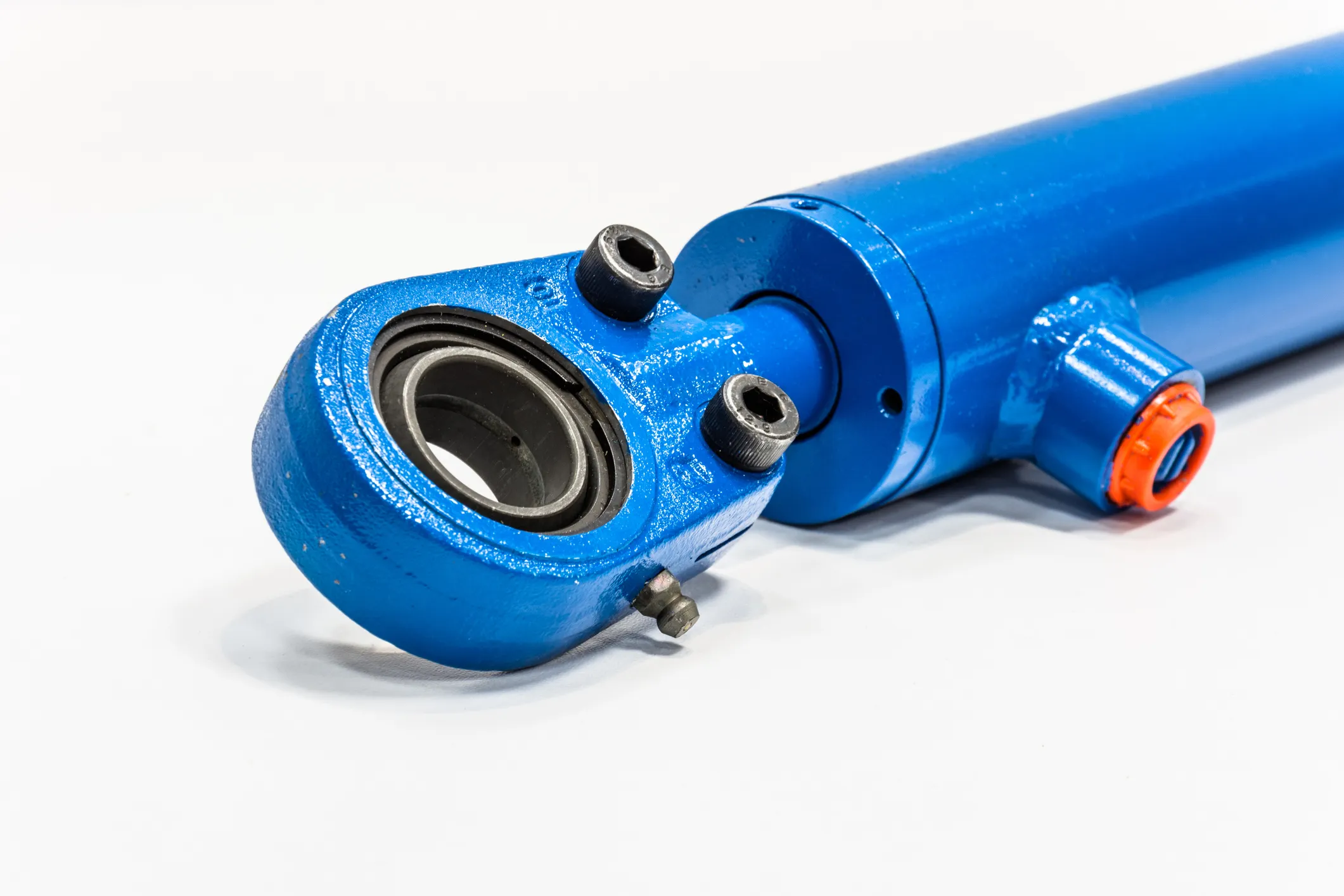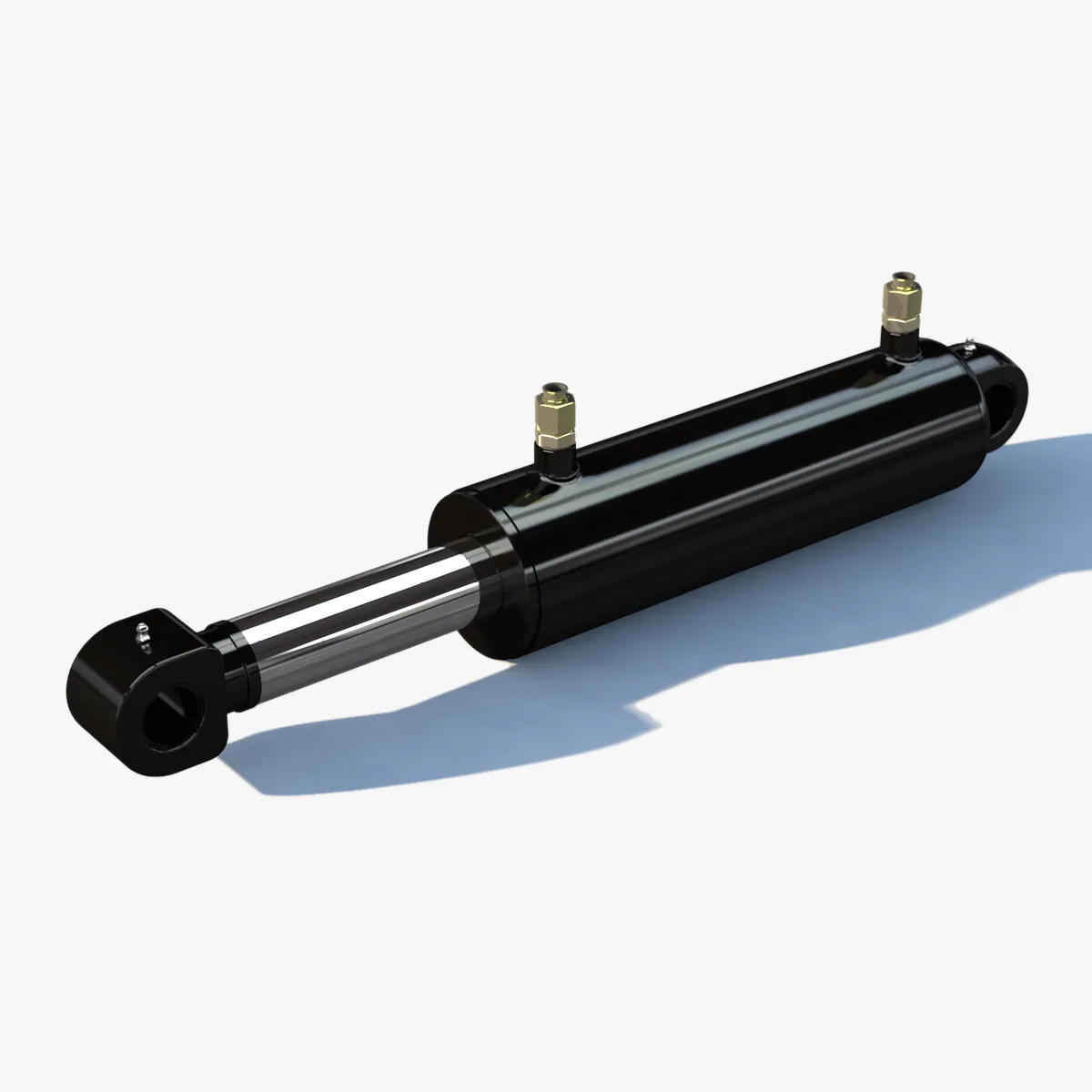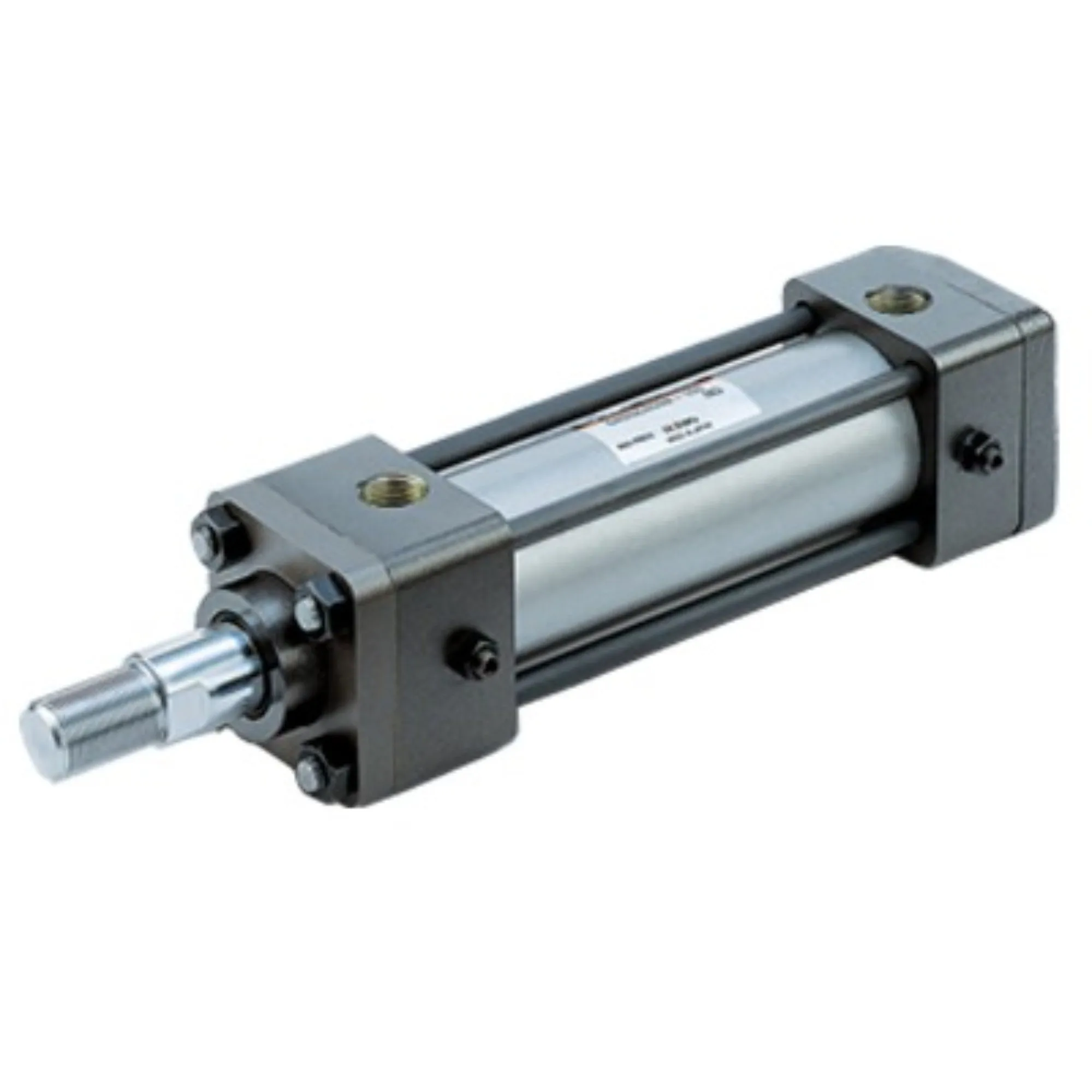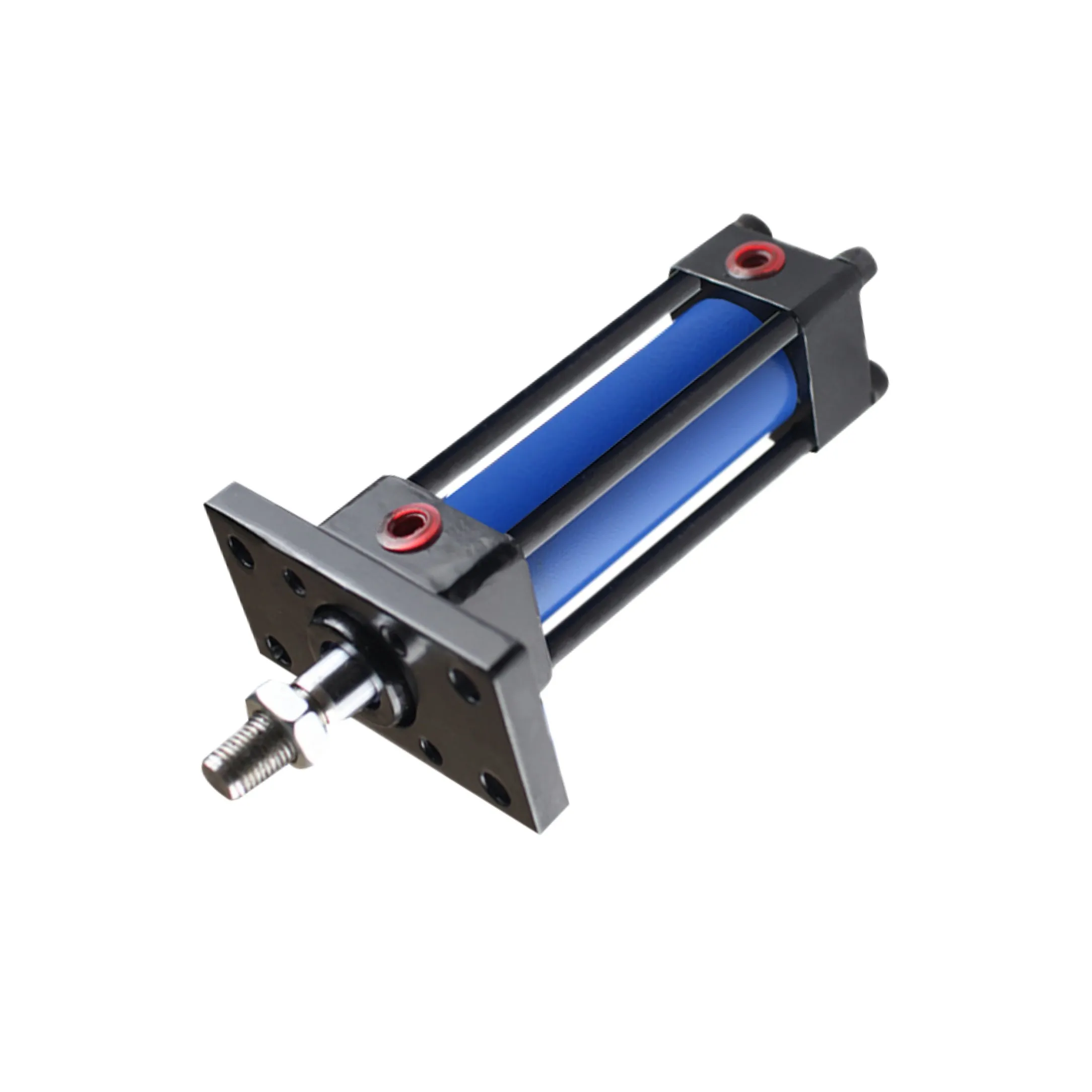Introduction
Understanding Magnetic Welded Hydraulic Cylinders
In the world of hydraulic systems, magnetic welded hydraulic cylinders play a crucial role. These cylinders are designed with innovative technology that allows for enhanced performance and productivity. Let’s delve into the key aspects of magnetic welded hydraulic cylinders to gain a better understanding of their significance.
Definition and Summary
Magnetic welded hydraulic cylinders are advanced components that utilize magnetic sensors for position detection and improved accuracy. These cylinders are integral to hydraulic systems, providing seamless operation and efficient performance.
Principle of Magnetic Welded Hydraulic Cylinders
Magnetic welded hydraulic cylinders operate on the principle of utilizing magnetic sensors to detect piston position without physical contact. This technology enhances precision and reliability in various applications.

Role and Application
These cylinders play a vital role in hydraulic systems by enabling precise positioning, reducing wear, and saving space with their compact design. They are widely used in industries such as industrial automation, material handling, and construction equipment.
Design and Construction Characteristics
Integration of Easy Magnetic Sensor
The magnetic welded hydraulic cylinder is equipped with a built-in magnetic sensor that allows for contact-free position detection, improving accuracy and reaction speed in operations.
Welded Structure
Utilizing advanced welding processes, these cylinders are constructed to enhance strength and durability, making them suitable for high-pressure and harsh environment applications.
Compact Design
Thanks to the use of magnetic sensors, magnetic welded hydraulic cylinders can be designed in a more compact manner, saving space and making them ideal for space-limited environments.
Sealing Performance
Excellent sealing materials and structures are incorporated in the design of these cylinders to prevent leakage, ensuring reliability and safety in operation.
Construction Characteristics
Precision Machining
During manufacturing, each component of the cylinder undergoes precision machining to guarantee accuracy and sealing in the assembly process.
Welded Process
The use of advanced welding technology ensures the strength and durability of the welded joints, preventing failures under high pressure conditions.
Testing and Verification
After construction, rigorous performance testing, including pressure testing and position accuracy verification, is conducted to ensure the functionality of the hydraulic cylinder.
Customization
Design and construction can be customized according to specific customer requirements, tailoring the cylinder to meet the demands of various applications and environments.
Working Principle
The working principle of magnetic welded hydraulic cylinders involves the transfer of force through a liquid medium, movement of the piston, workload distribution, efficient sealing systems, and pressure release mechanisms. These cylinders operate seamlessly to deliver optimal performance in hydraulic systems.
Types and Configurations
There are three main types of magnetic welded hydraulic cylinders, each offering unique configurations to suit different applications. Understanding the distinctions between these types is essential for selecting the right cylinder for specific needs.
Advantages
The top five advantages of magnetic welded hydraulic cylinders include precise positioning, reduced wear, compact design, enhanced durability, and improved sealing techniques. These benefits contribute to increased productivity and efficiency in various industries.
Performance Characteristics
The performance characteristics of magnetic welded hydraulic cylinders, such as magnetic position sensing, welded construction benefits, and advanced sealing techniques, ensure reliable and efficient operation in hydraulic systems.
Industries of Application
Magnetic welded hydraulic cylinders are widely used in industries such as industrial automation, material handling, construction equipment, agriculture, and automotive. These cylinders provide essential components for precise motion control and efficient operation in diverse applications.
Design Considerations and Selection Criteria
When considering magnetic welded hydraulic cylinders for specific applications, factors such as bearing capacity, sealing performance, durability, safety features, and maintainability should be taken into account. Understanding these design considerations is essential for selecting the right cylinder for optimal performance.
Sealing and Lubrication
Proper sealing and lubrication are crucial for the performance and longevity of magnetic welded hydraulic cylinders. Utilizing high-quality seals and lubricants, along with regular maintenance practices, ensures smooth operation and prevents premature wear and tear.
Regular Inspection and Maintenance
Implementing regular inspection and preventive maintenance measures for magnetic welded hydraulic cylinders is essential for prolonging their lifespan and ensuring optimal performance. By following specific maintenance tasks and guidelines, potential issues can be identified and resolved promptly.
Installation Guide
Installing magnetic welded hydraulic cylinders correctly is crucial for their efficient operation. Following the manufacturer’s guidelines and using proper techniques during installation ensures that the cylinders function optimally in various applications.

Maintenance Tasks
Three essential maintenance tasks for magnetic welded hydraulic cylinders include regular inspection, proper lubrication, and seal replacement. By adhering to these maintenance practices and guidelines, the longevity and performance of the cylinders can be maximized.
Safety Considerations
Ensuring safety measures and compliance with environmental factors when using magnetic welded hydraulic cylinders is paramount. Proper handling, maintenance, and operation of these cylinders are essential for preventing accidents and promoting a safe working environment.
Fault Diagnosis and Common Problems
Identifying common faults and problems in magnetic welded hydraulic cylinders is crucial for efficient operation and maintenance. By understanding potential issues and implementing effective troubleshooting solutions, downtime can be minimized, and productivity can be optimized.
Questions and Answers
How do magnetic sensors work in these cylinders?
Magnetic sensors in magnetic welded hydraulic cylinders detect piston position without physical contact, enhancing accuracy and reliability in various applications.

What are the main advantages of using magnetic welded hydraulic cylinders?
The main advantages include precise positioning, reduced wear, compact design, enhanced durability, and improved sealing techniques, contributing to increased productivity and efficiency.
In which industries are these cylinders commonly used?
These cylinders are widely used in industries such as industrial automation, material handling, construction equipment, agriculture, and automotive, providing essential components for efficient operation.

Long Tail Keywords
Three long tail keywords related to magnetic welded hydraulic cylinders are “precision positioning technology,” “advanced sealing solutions,” and “compact design innovations.” These keywords highlight the key features and benefits of these cylinders.
Company Focus
Our company is a leading hydraulic cylinder replacement manufacturer, offering a comprehensive product line and customized services to meet the diverse needs of our customers. With international certifications and a commitment to quality, we strive to deliver superior hydraulic solutions for various industries.
